Prime-Dirt
Prime-Dirt offers biologicals to maximize crop production through soil fertility at the biological level. We’ve seen that increased diversity of the biome can improve uptake efficiency and increase crop productivity, which is why we developed N-TEXX, an all-natural liquid soil inoculant that contains a broad spectrum of soil bacteria. Some features of this product include:
- Improved soil health and tilth
- Improved nutrient cycling and efficiency for greater yields
- Improved yields, protein levels and test weights
- Healthier plants have less disease pressure and more efficient on water needs
- Improved ROI on nutrient investment through improved crop yields
- Improved soil biological activity improves soil health and crop yields

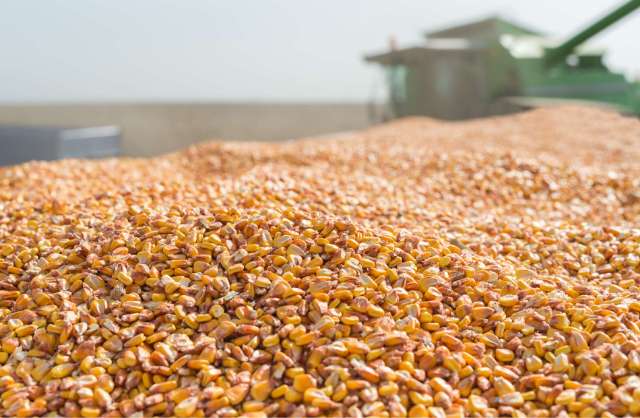
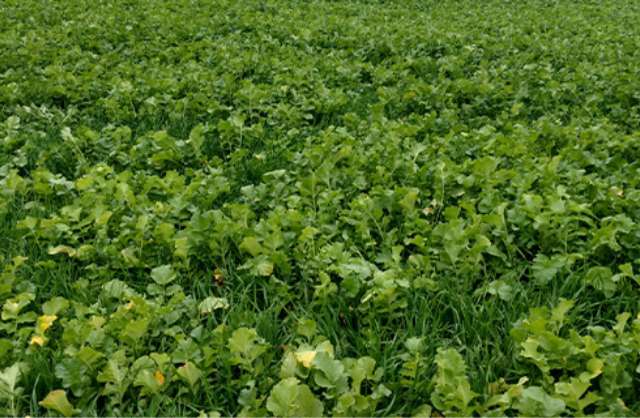






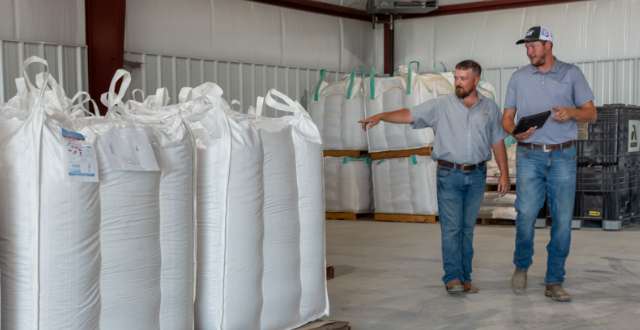

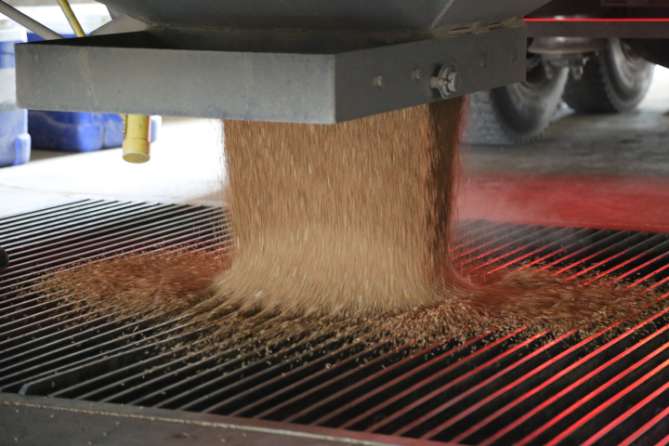
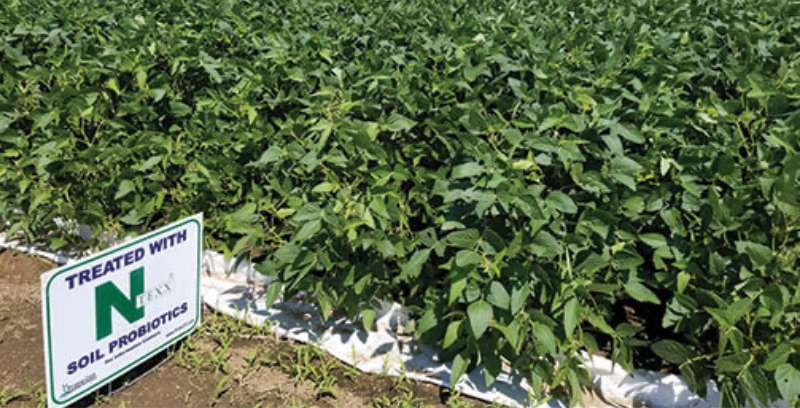
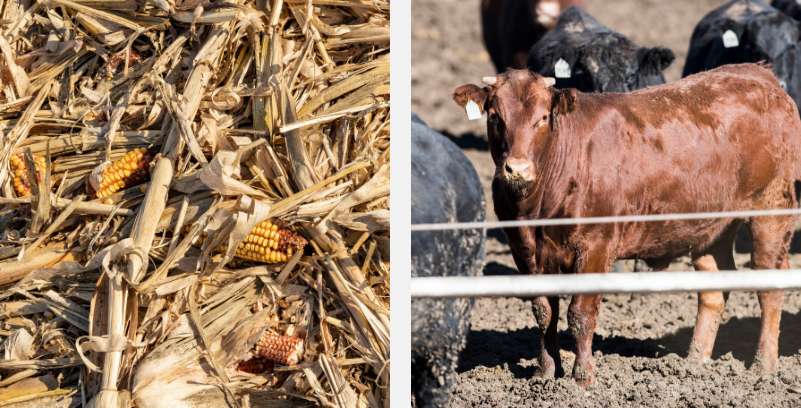
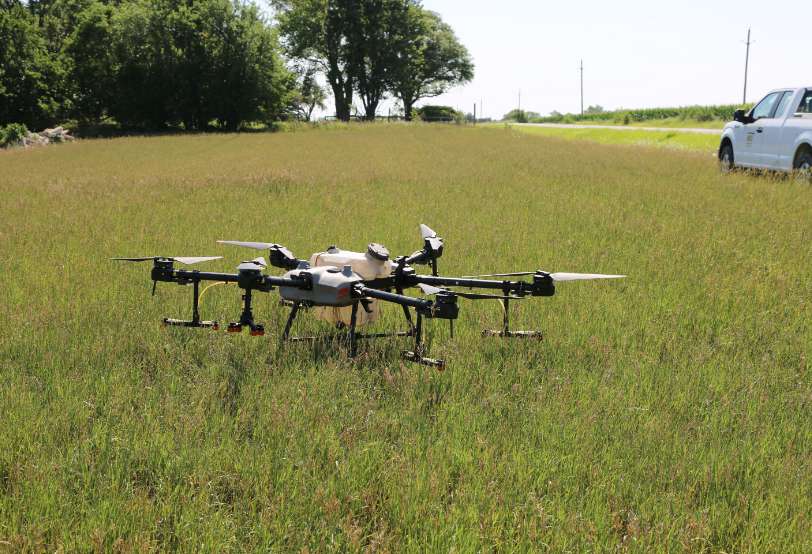

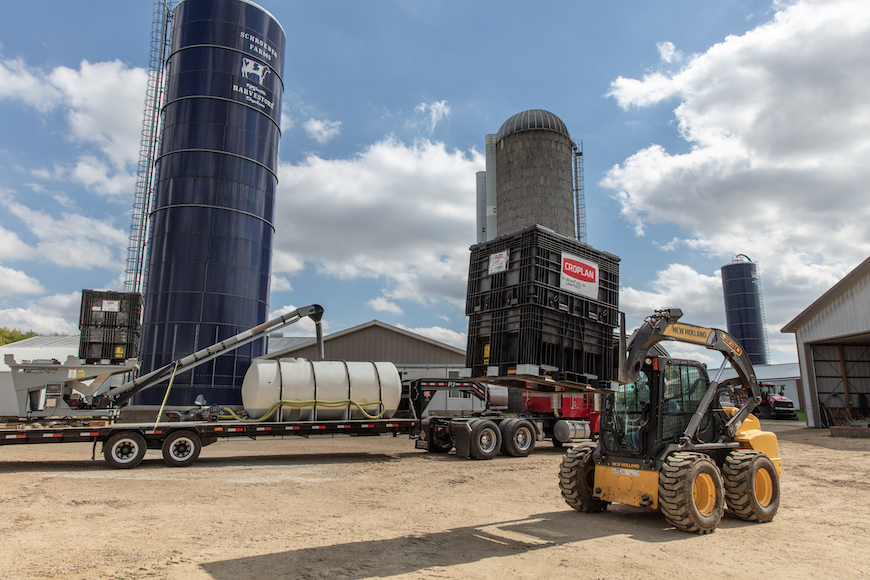

.jpeg?ext=.jpeg)
